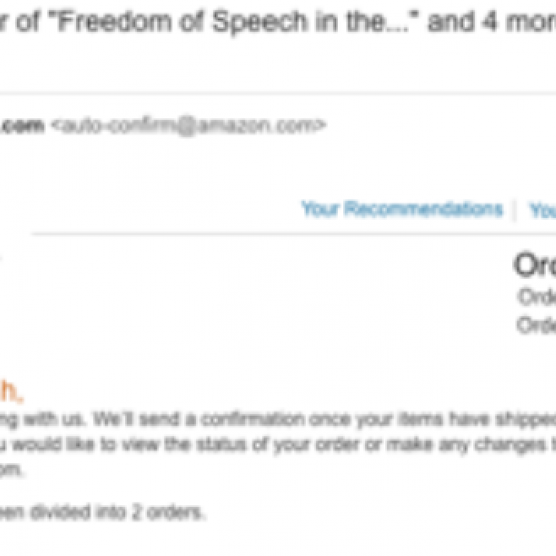A Brief History of Omnichannel Marketing

In less than five years, one marketing strategy has evolved from an unfamiliar concept, to a trendy buzzword, to a crucial component for successful marketing. Omnichannel marketing is one of the fastest-growing concepts for retailers and consumers alike.
Omnichannel is about continuing a consumer’s shopping experience across multiple platforms. Retailers must integrate every available channel to create a seamless shopping experience for customers. Omnichannel aims to encourage evaluation and interaction between a customer and the retailer.
The concept of omnichannel was first introduced to the marketing world in 2010. The term was devised to describe a shopping experience that extends beyond multi-channel retailing. An ideal omnichannel shopping experience would be accessible to customers on all platforms, from traditional brick-and-mortars to the digital world of text message, emails, and online shopping.
In September 2010, a report from IDC Retail Insights predicted a strong reliance on omnichannel for successful marketers in years to come. According to the report, retailers utilizing multichannel strategies in 2010 saw a 15-35% increase in average transaction size, along with a 5-10% increase in loyalty customers’ profitability. IDC cited the growing ecommerce market as the key reason retailers needed to implement omnichannel strategies.
Despite its introduction nearly 5 years ago, omnichannel didn’t receive much attention until a few years later. In 2013, “omnichannel” became a buzzword for marketers and consumers alike.
A 2013 article in Huffington Post attributed the rise of omnichannel to the increase of smartphones. Shoppers with smartphones are showrooming, or using their mobile devices to research competitive pricing while in a store and purchasing a cheaper option later on a laptop or tablet. As Smartphone sales continue to completely overshadow traditional cell phone sales, showrooming continues to increase, promoting more retailers to implement omnichannel practices.
This past year, the concept has further evolved. Omnichannel has morphed from a “buzzword” into a necessity for retailers that want to stay competitive.
In early 2014, Marketing Land called omnichannel a “must” for brands and retailers. Citing a report by MIT, they argued that omnichannel consumers are the “central force shaping the future of e-commerce and brick-and-mortar stores alike.”
Similar to the IDC and Huffington Post, Marketing Land attributes the rise of omnichannel marketing to the digital age. The MIT report found that $12 billion retail sales were made on Smartphones, and $1.1 trillion store sales were influenced by the web. These findings show that consumers are using multiple platforms to enhance their shopping experiences.
Several articles by Forbes also indicate that omnichannel is more than a fad or trendy phrase. The publication has recently called omnichannel, “More than a digital transformation buzzword,” and have dubbed it the “future of digital commerce.”
Retailers are also proving that omnichannel marketing is imperative for survival in the competitive free market. A look at J.C. Penney’s marketing strategy from 2011-2014 is a prime example of omnichannel’s impact on sales.
Originally hoping to keep online sales strategies separate from in-store sales strategies in 2011, J.C. Penney experienced a massive 32% decline in sales. In 2013, the company evaluated their business strategy, recognizing that separating online from in-store sales was detrimental to their success. Upon implementing an omnichannel strategy merging the two platforms, J.C. Penney saw a 6% increase in e-commerce sales in 2013 and a 26% increase in the beginning of 2014.
Omnichannel marketing is likely to remain relevant in years to come. A Forrester Research report predicts mobile commerce to grow 33% annually for the next three years, fueled by thee rise of Smartphone sales and usage. The report also expects an 89% increase in retailers that integrate mobile technology in-store. As omnichannel has become essential for retailers, it is imperative to understand the concept and its implications. In doing so, businesses will be able to reach their full potential and achieve success in today’s competitive marketing world.




